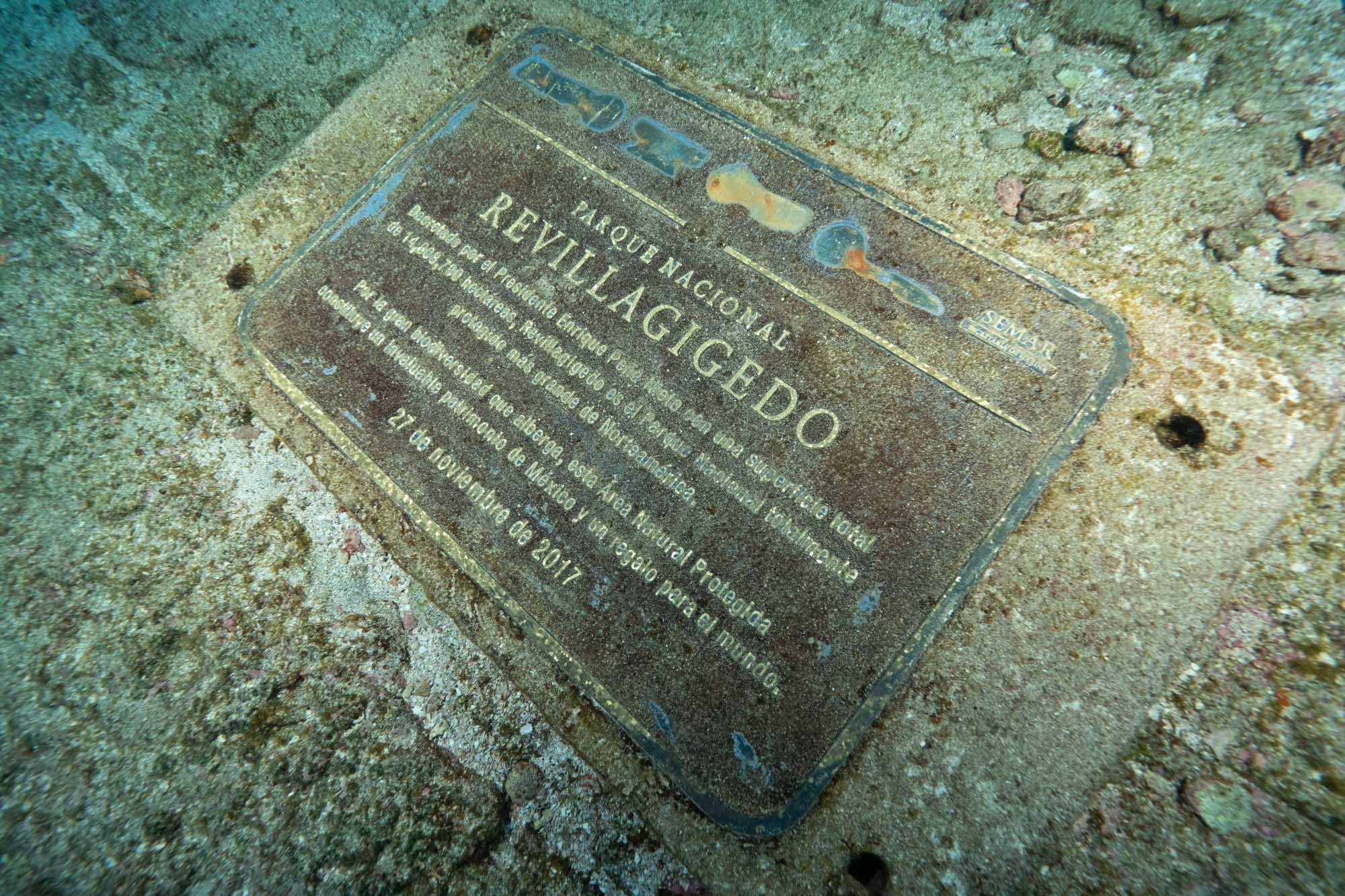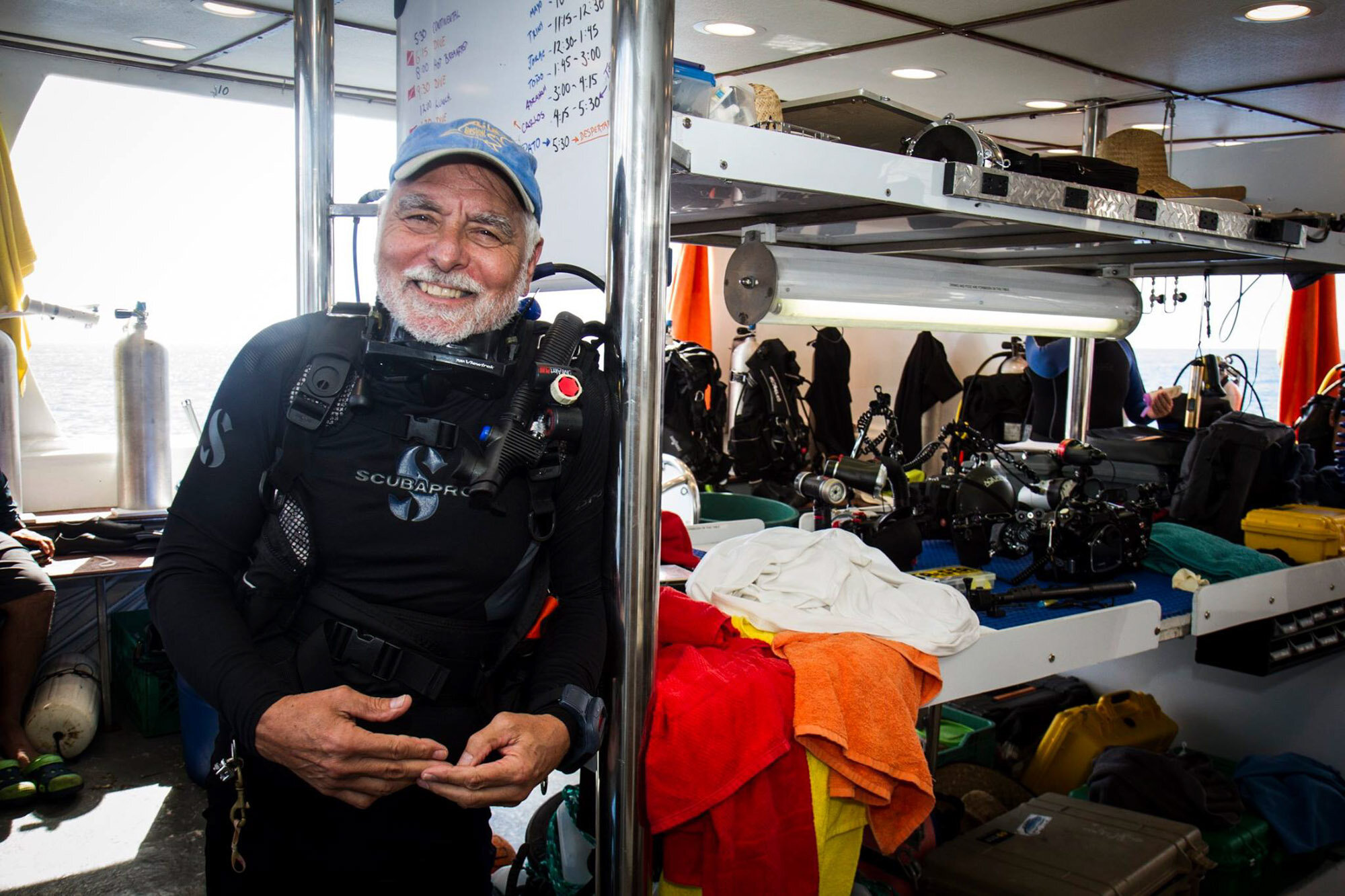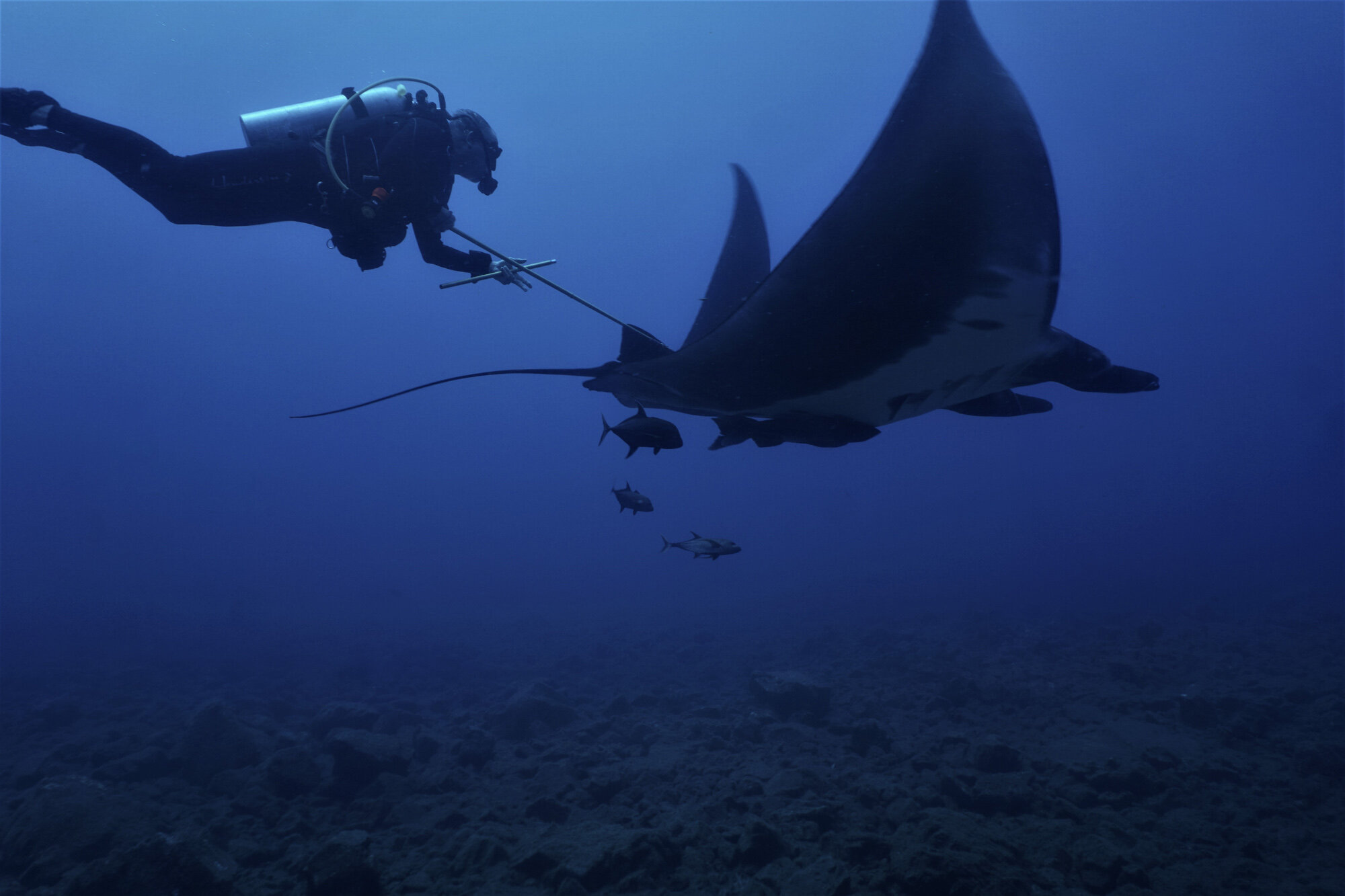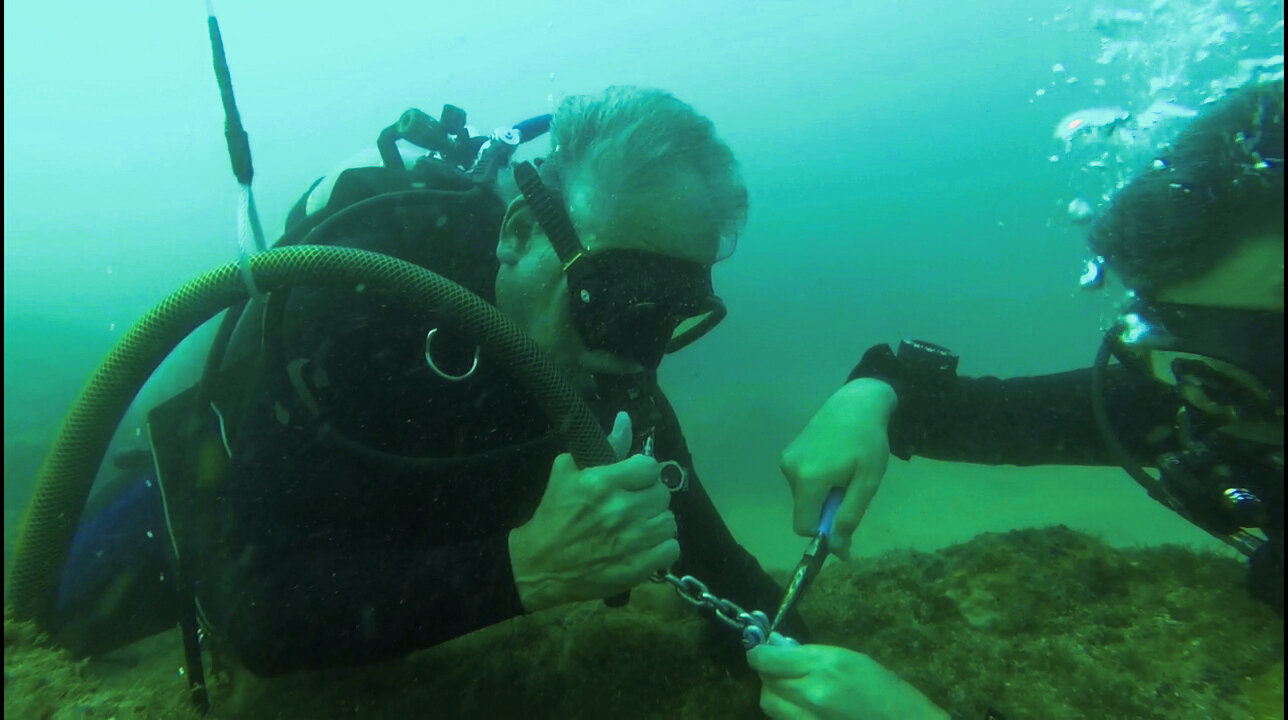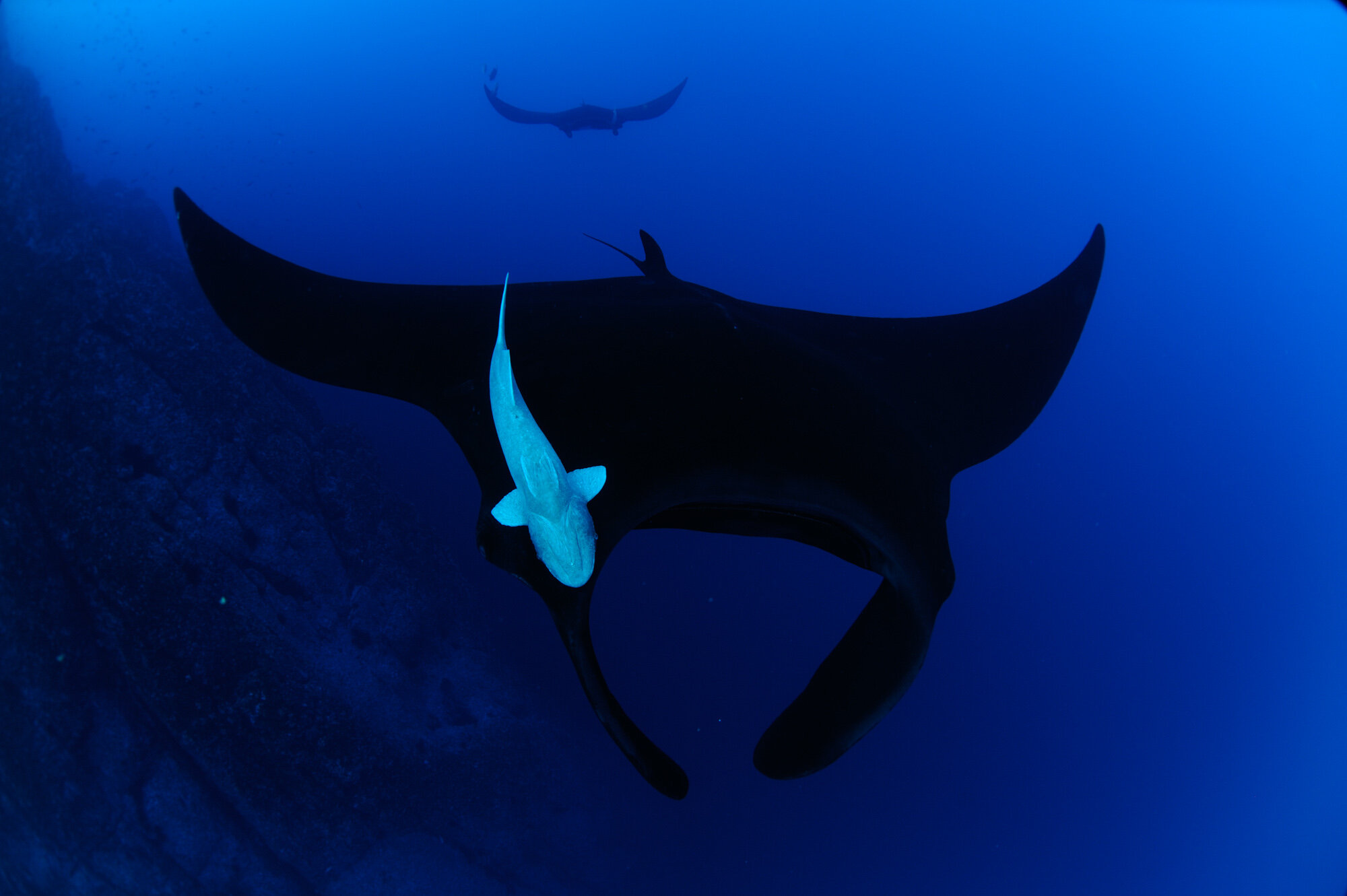
PROJECT OVERVIEW
The Pacific Manta Research Group (PMRG) studies the oceanic manta rays (Mobula birostris) of the Eastern Pacific, focusing on the Archipelago Revillagigedo, collaborating with researchers in the Golfo de California, and Bahia de Banderas. We collect manta ray photos submitted through the many liveaboard diveboats visiting Parque Nacional Revillagigedo, as well as receiving photos through social media and word of mouth. PMRG’s photo-ID database reaches from 1978 to the present, with over 1500 individuals identified, of which over 600 have been seen more than once. Additionally PMRG shares listening stations located at the islands with shark researchers, combining resources to monitor the presence of tagged mantas even in the absence of boats and divers, thus expanding the understanding of this population.
PROJECT GOAL
Using photo-identification and acoustic telemetry to describe the boundaries of the habitat utilised by M. birostris which are known to visit the Archipelago Revillagigedo, the Gulf of California, Banderas Bay, and the Mexican Pacific coast, and doubtless travel much farther. To develop a baseline body of knowledge with respect to these animals' habitat use, site fidelity, associations, and other aspects of their biology and movement ecology.
Main Objectives
To achieve our goal, the Pacific Manta Research Group is working to meet the following objectives:
1) To gain a better understanding of the size, dynamic, spatial distribution and habitat use of manta rays using photo-ID and acoustic tagging of manta rays in the Revillagigedo Archipelago, and through collaboration with other researcher organisations such as Pelagios-Kakunjá, Proyecto Manta, ECO, and Manta Pacifico in the Gulf of California, Banderas Bay, and the Mexican Pacific.
2) To understand the seasonal dynamics of the presence of M. birostris in the region
3) To identify ecologically important habitats for M. birostris in the region and understand the importance of aggregation sites.
4) To examine the local and regional movements of M. birostris around critical habitats in the region through seasonal monitoring.
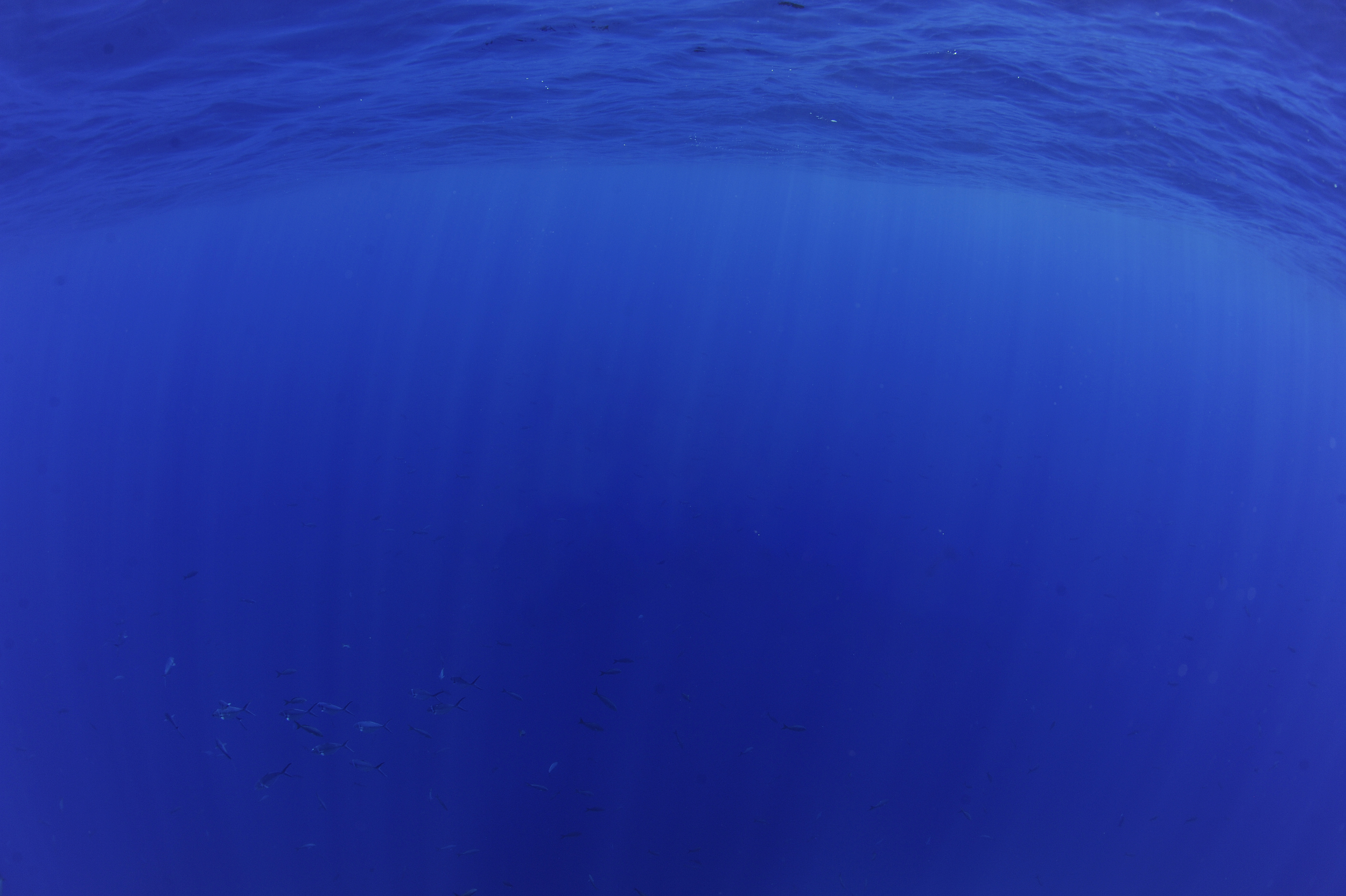
Project Leader - Dr. Robert Rubin
Robert Rubin received his Ph.D. degree in physiological ecology from the University of California Irvine and is presently on the faculty of Santa Rosa (California) College, where he teaches courses in marine biology and the biology of marine mammals. He has been involved in college and university teaching for several decades, and has conducted field and laboratory research on the ecology and physiology of several diverse vertebrate species, including, fish eating bats, elephant, hooded and harp seals, sea birds, desert dwelling birds and rodents and for the past twenty-five years on manta rays in the tropical Pacific and Indian Oceans. He has been selected by the State of California, the United States Senate and Congress to receive awards for outstanding contributions to college and university teaching. He is the recipient of the NISOD award for outstanding contributions to higher education and in 1996 the Carnegie Foundation for the Advancement of Teaching honoured him as “The California College and University Professor of the Year”. He served as a programme developer and reviewer for the National Science Foundation (NSF) and for the US Department of Energy. Presently he serves as the Director of the PMRG and as a member of the scientific advisory/director boards of the Save Our Seas Foundation, Safari West Cooperation, Sea Watch, NOAA Cordell Bank Marine-Sanctuary and Laguna de Santa Rosa Foundations, as well as the Manta Trust. Additionally, his research on manta rays has been the subject of international public media productions for The Discovery Channel, National Geographic Channel, World of Wonder, Changing Seas, Animal Planet, Blue Realm, and most recently as a TEDx invited presentation.
Project Manager: Karey Kumli B.A.
Research Associate: Megan Saunders B.S.
Outreach Coordinator, Research Associate: Sara Diemer B.A.

Key Achievements
Identified over 1500 individual manta rays from Revillagigedo, with sightings dating back to 1978.
Over 600 of these mantas have been seen more than once, with sighting intervals ranging from a single day to 33 years - the longevity record for M.birostris!
Installed listening stations at the Revillagigedo Archipelago, the Gulf of California, and Banderas Bay, monitoring the presence of acoustically tagged mantas.
Contributed to the establishment of the Revillagigedo Archipelago as a UNESCO World Heritage Site.
Photos from the field

IN THE MEDIA
